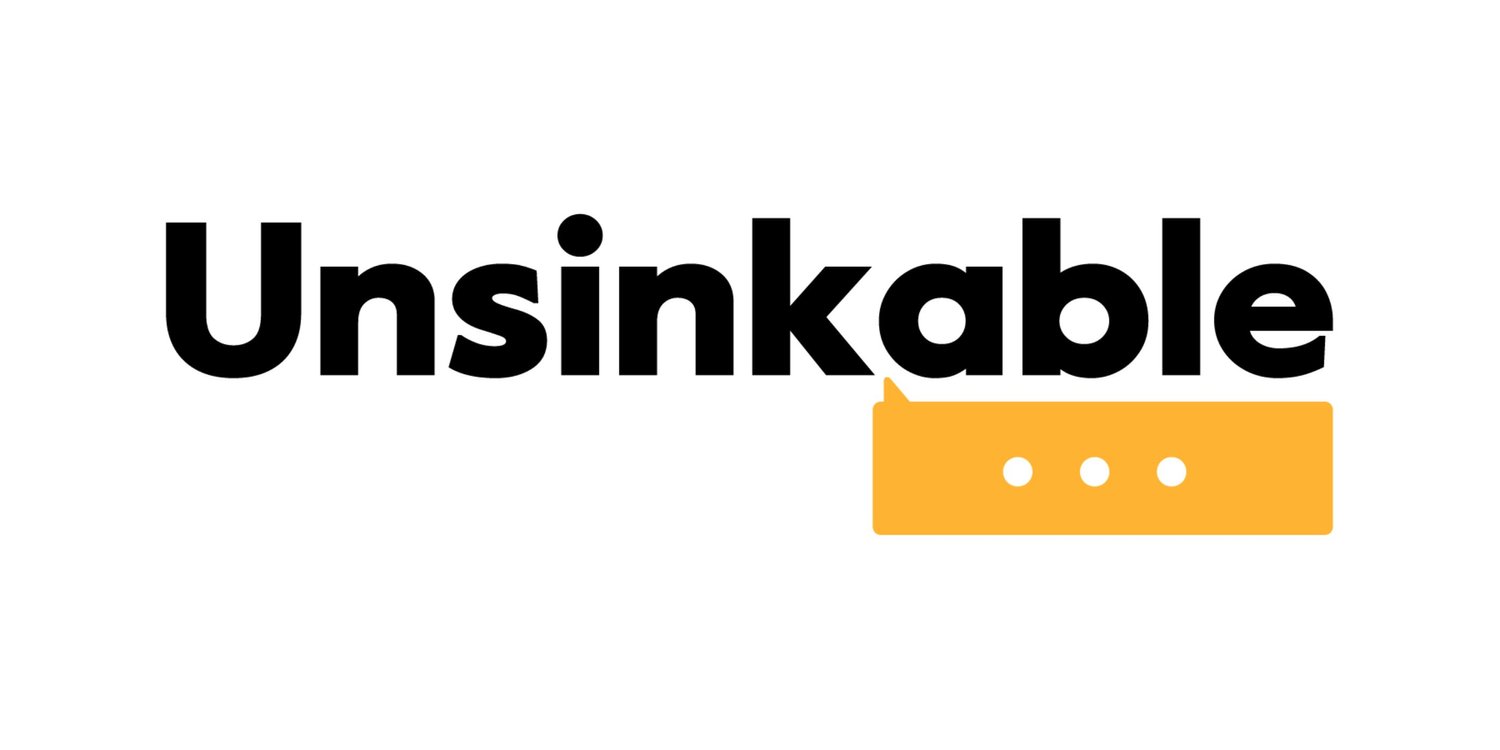Beyond the Surface
This Winter, Unsinkable is honoured to be be partnering with Twentytwenty Arts (Founded by Unsinkable ambassador Megan Kee) for Life on the Line. Life on the Line is a public art project and mental health awareness campaign using art to raise funds for mental health support. Ten Ontario-based artists will be sharing their artwork and stories on Unsinkable every week until January 2021.
This week we have the honour of sharing Julieta’s story.
All ten works will be available for sale in signed and numbered limited editions of 50, where 75% of all sales will be donated directly to the Canadian Mental Health Association Toronto’s Family Outreach & Response Program. Canadian Mental Health Association is the largest service-based mental health organization in Canada.
As an artist who constantly struggles with their mental health, the importance of my work comes from furthering my perspective of psychological experiences and nonconformity in order to portray unexplainable emotions. ‘Empty’ emphasizes the juxtaposition of elements and body language as visual cues that cover a narrative of vulnerability, instability, and self-destruction.
By connecting emotional expressions and experiences through my work, I have developed the strength to create art in the most honest form possible. Considering the limited amount of awareness raised for mental health, society today has only been able to recognize that we need to be open to having the conversation and for that reason, it is important for me to articulate the genuine meaning behind my photography because they express what words cannot and it will help the viewer who does not have depression better understand those who do. The ignorance comes from the failure to confront the uncomfortable conversation and the stir of emotions that comes with it, but sometimes people do not want to feel their emotions until we come to the realization that we are human and we are meant to feel.
In 2016, I hit the lowest and darkest point in my life which eventually led me to try ending my life. It still feels like it was just yesterday when I was on that hospital bed and it has only gotten harder each day. No one every suspected a thing because I was never one to express how I feel, let alone show it. I have been battling depression for years because sadness is all I have ever known, but it was never something I could explain and that is what made it so frustrating — in one way or another, I was sad. Even when I was feeling the highest of highs, I was still sad. It came to the point where I could not even be creative anymore, and I kept refusing therapy and medication because I did not want to feel defeated. For what seemed normal to me became signs as a cry for help and that is when I knew I not only needed to change my life, but I needed help.
This moment in my life is one I will never forget and ‘Empty’ portrays only a fragment of my depression. It depicts the unexplainable emotions of how scary and helpless it can feel because you forget that there is a world beyond depression — it consumes you and the feeling of suffocation and paralyzation becomes endless. Although I grew up in a culture that did not believe in mental health because it was seen as an excuse for being weak, I knew that something was not right once I started hearing voices. When I finally sought for help, I was diagnosed with Borderline Personality Disorder and that is when I decided to take a year off to take a step back — for a year of accepting myself and a year of understanding myself. To this day, I look at the one photo I took right before I got released from the hospital to promise myself that I would never let myself get to that point again because I know now that it is okay not to be okay.
Because my work develops from mental health and the emotional struggles of nonconformity, it is my intention to have the conversation through visual storytelling. Although it is not an unfamiliar concept, there is still a fundamental need to understand what is occurring in the world and considering the signs are not only not easy to detect, they are aspects that are indefinitely challenging. As a society that is deeply unpredictable and multi-faceted, we have lost the value in having a civil conversation about issues and respecting views but in spite of everything, we need to recognize that any given conversations have to be open dialogues and not monologues or arguments. This is why covering visual narratives is where it personally feels the most comfortable. Demonstrating how making art does not rely on artistic knowledge or ability, it simply connects the imaginative and creative qualities an individual possesses in order to develop new models of living and contribute to the development of their entirety. Not only will they remember their significant trauma, but they will particularly feel how difficult it is to put their story into words and express it to others – often not just for emotional reasons, but physiological reasons.And so, I have learned that we will all be affected by our mental health one way or another and ignoring it does not make things better. Most often, we disguise it very well or we are unaware of it. Although the research and push for support has improved, the stigma around mental health still exists but it is just not declining fast enough. We need resources to support having these conversations — especially when battling a mental illness, it needs to be understood that it is deeply traumatizing because those who suffer know what life is like without it. Mental health is not talked about enough and thus, it makes it one of the loneliest feelings in the world.
Unsinkable Storytelling Author: Julieta Christy

